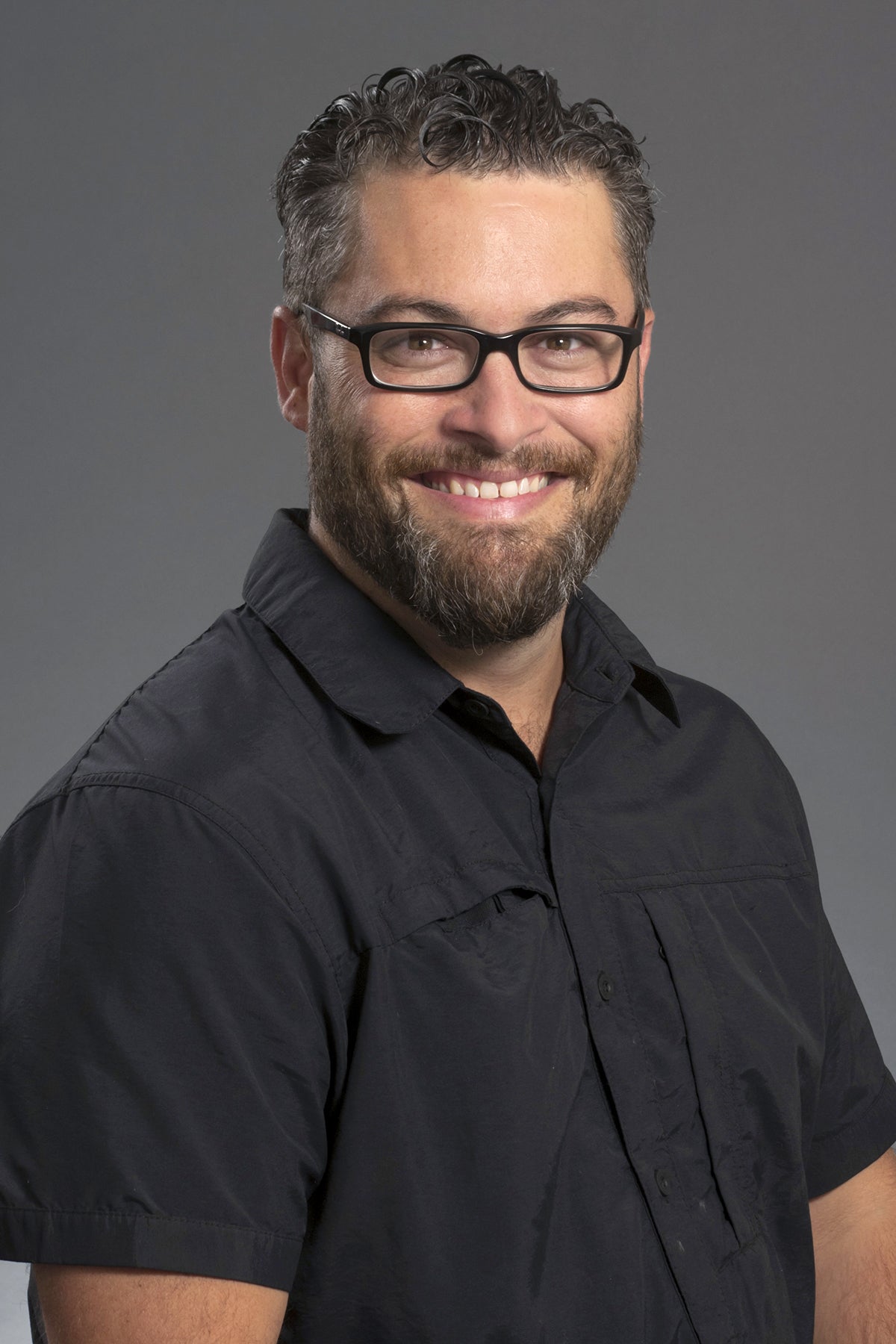Are you interested in how you can create a more inclusive, engaging and effective online learning experience that meets the needs of all your students? Great! In this article, we will explain a few simple strategies you can use.
Varying levels of ability/disability
These days, colleges and universities are seeing a wider mix of students than ever, and that includes more people with various abilities, according to Patrick Lowenthal, professor in the Educational Technology department.

Many students with disabilities sign up for online learning in particular because it’s flexible and lets them keep things low-key. But here’s the catch: studies say that students dealing with disabilities often hit some roadblocks when learning online. The same technology that is meant to provide better access and more flexibility can instead cause hindrances for many students. Compared to their peers, students with disabilities continue to have lower participation, retention and graduation rates.
Research has shown that about 20% of students report they have a disability. However, research also suggests that the real number is much higher as many students do not disclose they have a disability for various reasons such as fear of stigmatization, previous negative experiences, labeling, believing that their condition may not fall into that category or not being aware of it. Thus, professors do not always know their students may require accommodations. Furthermore, with larger classes, creating personalized learning experiences for every student becomes almost impossible.
Fortunately, there are proactive ways to adjust our course content and design to be more accessible, providing students with equal opportunities to engage in the learning process from the start.
Universal Design for Learning
Universal Design for Learning (UDL) is an educational framework and design approach that aims to make learning accessible and effective for students regardless of their individual learning preferences, abilities or disabilities. The framework emphasizes designing instructional materials, methods and assessments in a flexible and inclusive way from the outset, rather than retrofitting accommodations later.
The key principles of UDL focus on three main concepts: multiple means or ways of engagement, representation and expression. The following list outlines what implementing these three concepts could look like in your course.
- Multiple Ways of Engagement: This concept refers to providing various ways for students to engage and interact with the course content in the form of interactive discussions, hands-on activities and real-world applications. Making the content relatable to personal experiences or current events also helps to keep students engaged and provides more meaningful interactions. Encouraging collaboration and interaction between students by implementing small group projects, or peer teaching, facilitates different ways of engaging with the course content and their peers.
- Multiple Ways of Representation: Online content presented solely in text formats may be completely inaccessible to blind students, but it may also be difficult for students with dyslexia or any number of processing issues. Course content can be presented in a variety of ways, and doesn’t — or shouldn’t — have to be just through text. Think about audio (podcasts and lecture tapes) or visual formats (video and infographics) that will accommodate different learning preferences or needs. This ensures that learners can access information in ways that work best for them. Including closed captions is not only useful for those who may have difficulty hearing, but it is also useful for those who study while the rest of the household is asleep or for those who English is not their first language.
- Multiple Ways of Expression: Offer students various options to demonstrate their understanding in assignments and assessments — it doesn’t always have to be a written paper. Provide opportunities for students to choose how to showcase their newly gained knowledge or skills through the spoken word, a video or creating visual representations. Set clear expectations as to what you expect students to demonstrate.
The underlying philosophy of UDL is that it is the role of the educator, and also the educational technologists and instructional course designers, to build courses that provide inclusive and accessible access to our student population regardless of their abilities. It should not rest just on the student’s shoulders. By applying UDL principles, it is possible to create more inclusive and effective learning experiences, reduce barriers to learning and promote greater engagement and success for all students.
Resources
If you’d like to learn more about how to make your course more accessible, request a consultation with an eCampus staff member.
Article Credit
Thanks to Nicole Baird, the eCampus instructional design consultant who worked with Patrick Lowenthal to write this spotlight article.
References
Lowenthal, P. R., & Lomelini, A. (2023). Accessible online learning: A preliminary investigation of educational technologists’ and faculty knowledge and skill. TechTrends, 67, 384–392. https://doi.org/10.1007/s11528-022-00790-1
Lomellini, A.*, Lowenthal, P. R., Trespalacios, J., & Snelson, C. (2022). Leaders’ perspectives of accessible and inclusive online learning. Distance Education, 43(4), 574-595. https://doi.org/10.1080/01587919.2022.2141608
Lowenthal, P. R., Lomellini, A.*, Smith, C., & Greear, K. (2021). Accessible online learning: A critical analysis of online quality assurance frameworks. Quarterly Review of Distance Education, 22(2), 15-29
Lowenthal, P. R., Greear, K., Humphrey, M., Lowenthal, D. A., Conley, Q., Giacumo, L. A., & Dunlap, J. C., (2020). Creating accessible and inclusive online learning: Moving beyond compliance and broadening the discussion. Quarterly Review of Distance Education, 21(2), 1-21.